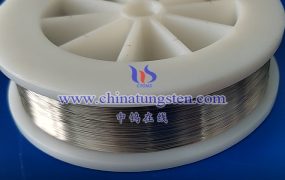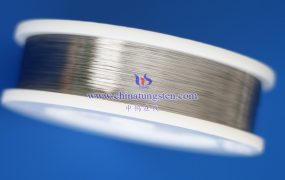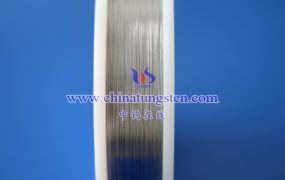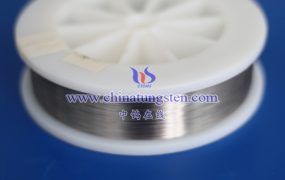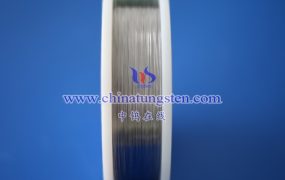The chemical stability test of tungsten wire mainly includes the following aspects:
- Chemical composition analysis
Tungsten content detection:
Use X-ray fluorescence spectrometer (XRF) or energy dispersive X-ray spectrometer (EDX) and other equipment for quantitative analysis to ensure that the tungsten content in the tungsten wire meets the expected standard.
Impurity element detection:
Use flame atomic absorption spectrometry, inductively coupled plasma atomic emission spectrometry and other methods to detect possible impurity elements in tungsten wire, such as magnesium, sodium, potassium, titanium, chromium, manganese, sulfur, phosphorus, oxygen, nitrogen, carbon, molybdenum, etc. The content of these impurities will affect the chemical stability of tungsten wire.
- Corrosion resistance test
Oxidation resistance test:
Put the tungsten wire in a high-temperature oxidation environment, observe its surface oxidation, and evaluate its oxidation resistance. This is usually carried out by high-temperature furnace experiments or thermogravimetric analysis.
Acid and alkali corrosion resistance test:
Immerse the tungsten wire in an acid or alkali solution, observe its corrosion, and evaluate its acid and alkali corrosion resistance. This can be done through immersion tests, electrochemical corrosion tests, and other methods.
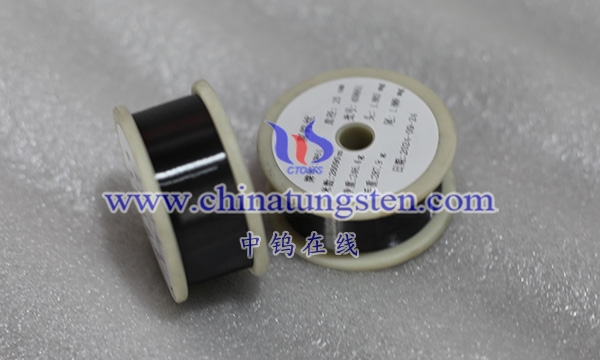
- Comprehensive evaluation of chemical stability
Comprehensive performance test:
Combined with the results of chemical composition analysis, corrosion resistance test, etc., the chemical stability of tungsten wire is comprehensively evaluated. This requires consideration of the specific application scenarios and needs of tungsten wire, such as stability and corrosion resistance in high temperature environments.
Third-party testing:
An independent third-party testing agency or laboratory is commissioned to conduct testing and evaluation to ensure the objectivity and fairness of the test results. Third-party testing agencies usually have advanced testing equipment and professional technicians to provide accurate and reliable test results.
- Other related tests
High temperature stability test:
Observe the performance changes of tungsten wire in a high temperature environment and evaluate its high temperature stability. This helps to understand the chemical stability performance of tungsten wire in a high temperature environment.
Microstructure analysis:
Use scanning electron microscopy (SEM) and other methods to observe the microstructure and surface state of tungsten wire and analyze its impact on chemical stability. Changes in microstructure may affect the chemical properties and stability of tungsten wire.
More details of tungsten wires, please visit website: http://tungsten.com.cn/tungsten-wires.html
Please contact CHINATUNGSTEN for inquiry and order of tungsten needles:
Email: sales@chinatungsten.com
Tel.: +86 592 5129595

